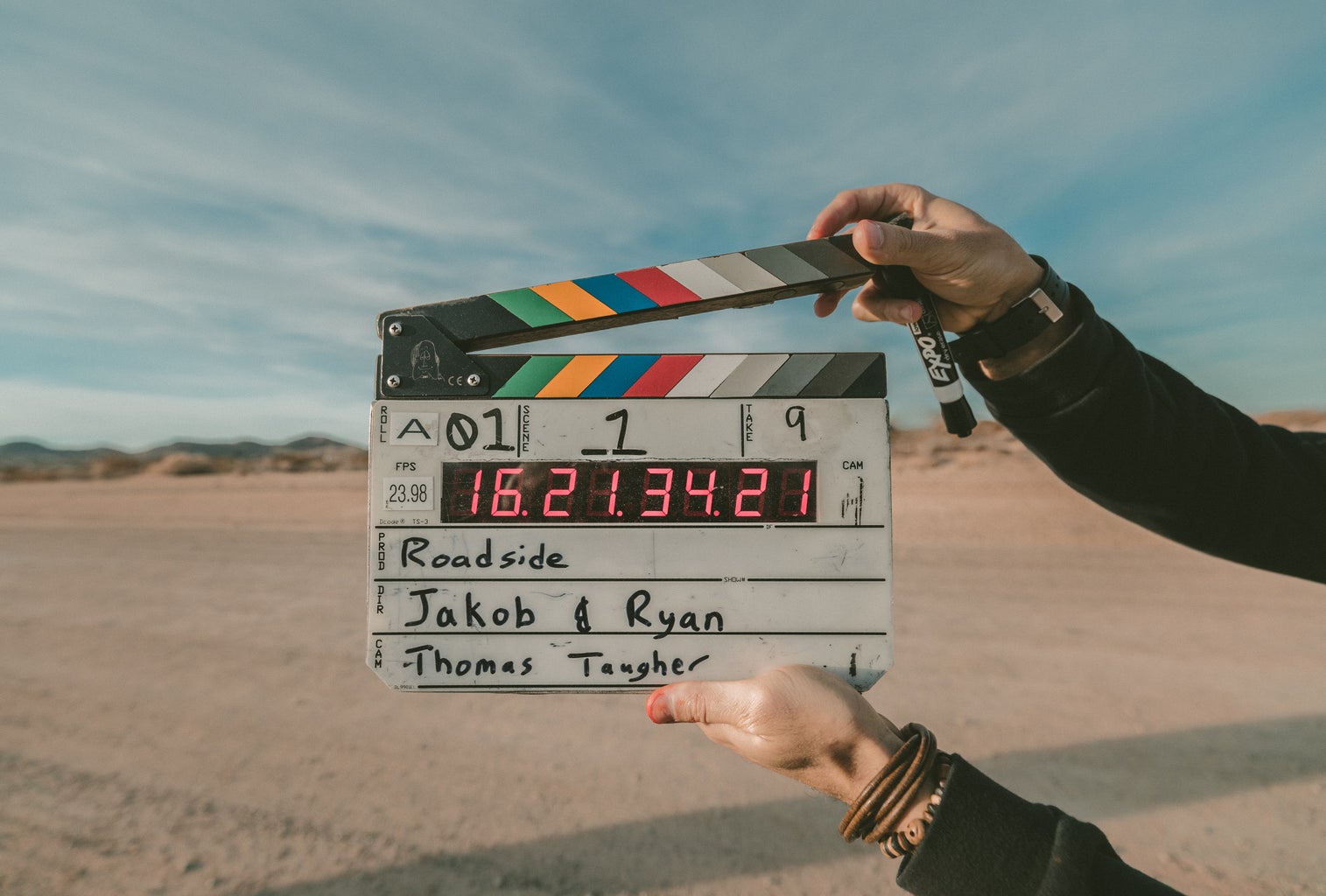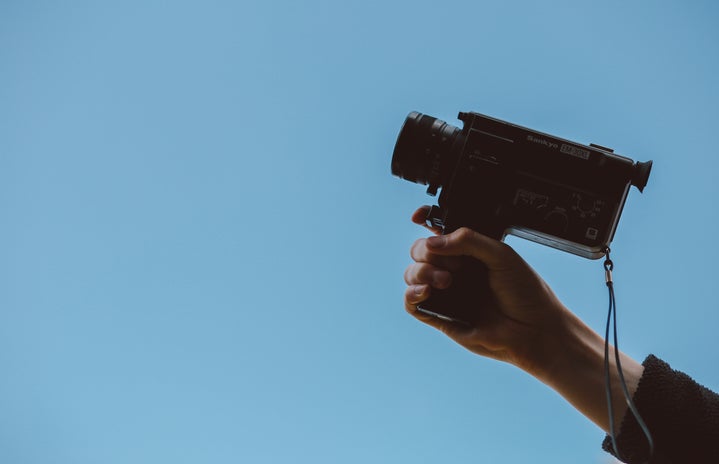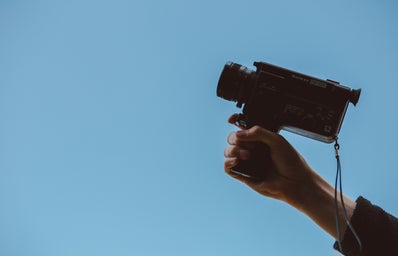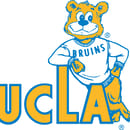No stranger to the scandal spotlight, Disney has long been incorporating a variety of cultures into their films with different degrees of success. Films like Moana and Lilo and Stitch reflect different aspects of the Pacific Islander experience, but both rely on that rich culture to provide exposition to the story, further the plot and ultimately convey the main message. Especially after Moana, however, we have to wonder: is exposure and the simple recognition of Pacific Islander culture enough? Or must we hold big production companies like Disney to a higher standard and ensure that they are representing these cultures correctly?
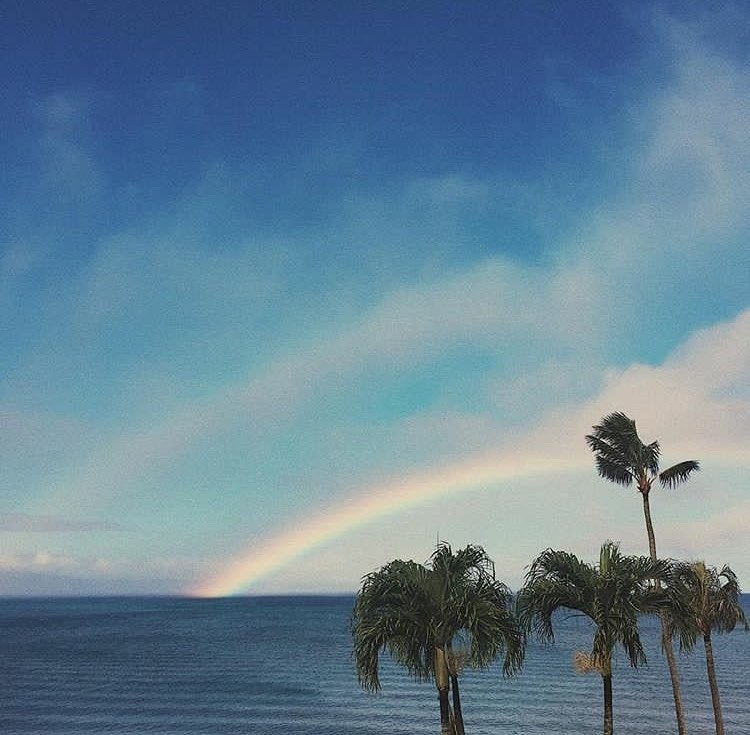
That’s the other thing—what culture is Moana actually representing? The fictional island of Motunui is clearly somewhere in Polynesia, but the legend of Maui is a Hawaiian one. At the beginning of the movie, we can see the village has Samoan fale houses and the people have traditional tribal tattoos, but the name of the fiery goddess Te Kā comes from the Maori language. Despite these cultural inconsistencies, though, Moana still manages to tell an inspiring story that celebrates voyaging and way-finding, which are integral parts of Pacific Islander history and identity.
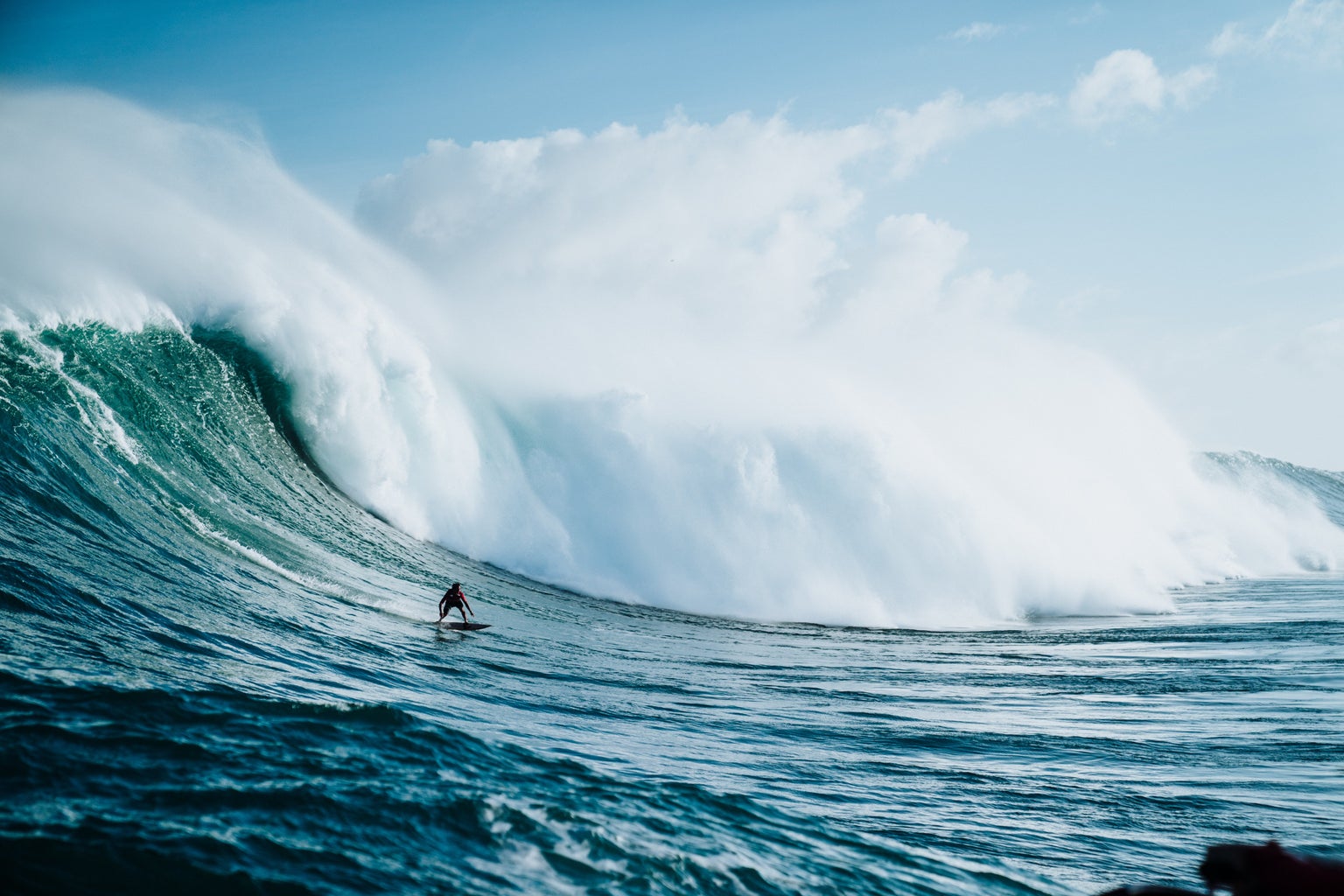
As someone who was born and raised in Hawaii, though, I can appreciate the film’s attempts to relate to local people. For example, in the movie David speaks pidgin English, a version of English that combines Native Hawaiian, Portuguese, and several other Asian languages to form a new dialect that usually only people from Hawaii know. Nani’s unhappiness working as a waitress at a luau, feeding into the tourism industry, is also very relatable for many Hawaiians, especially when she loses that job and struggles to find another one in her small neighborhood. Most notably, while it may seem that Lilo and Stitch was set in Hawaii for arbitrary reasons, the film’s main message of family and love lines up exactly with the emphasis that the local community places on ohana and aloha, making Hawaii the perfect location for the story to take place.
